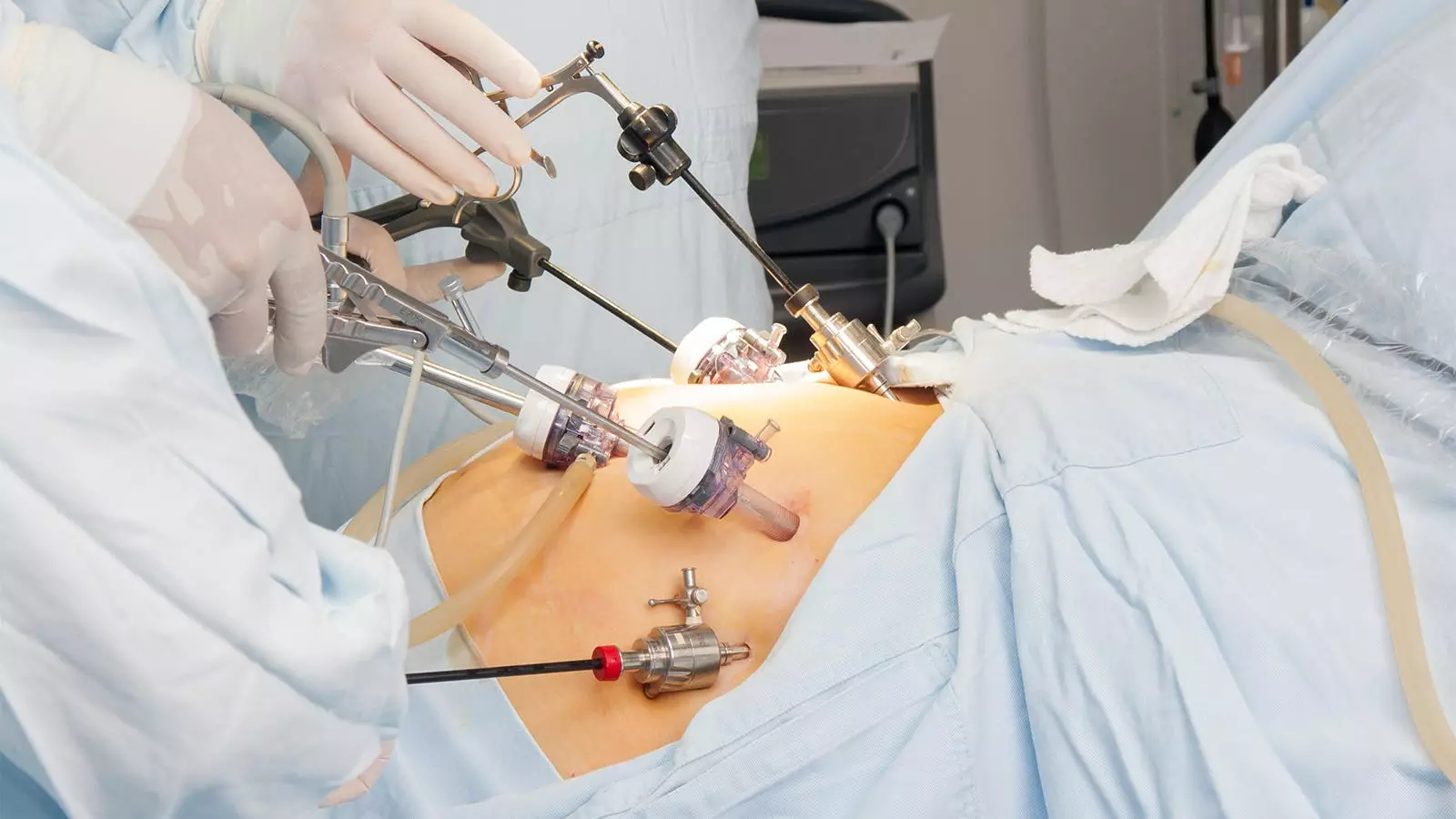Bariatric surgery is a common procedure for patients with obesity, and it is crucial to assess the safety and perioperative complications associated with different surgical techniques. In a recent randomized trial known as the BEST trial, researchers examined the safety outcomes of laparoscopic sleeve gastrectomy (LSG) and laparoscopic Roux-en-Y gastric bypass (RYGB) in patients undergoing primary bariatric surgery.
The study found that the incidence of any adverse event (AE) at 30 days did not significantly differ between LSG and RYGB patients. The occurrence of AEs was 4.6% in the sleeve gastrectomy group and 6.3% in the RYGB group. Furthermore, there was no significant difference in the occurrence of serious AEs between the two procedures, with rates of 1.7% in sleeve gastrectomy and 2.7% in RYGB patients. Notably, there were no deaths within 90 days of the operations in either group.
The only serious AE that showed a difference between the two procedures was small bowel obstruction. The study reported no cases among the sleeve gastrectomy group, while six cases (0.7%) occurred in the RYGB group. This discrepancy may be attributed to the specific surgical technique used in RYGB. The Lönroth technique, employed in RYGB, may be associated with a higher risk of small bowel obstruction compared to sleeve gastrectomy.
In addition to AEs, the study compared other factors such as 30-day readmission rates and postoperative hospital stay. The rates of readmission within 30 days were similar for both procedures, with 3.1% for sleeve gastrectomy and 4% for RYGB. Moreover, the average length of hospital stay following surgery was one day for both procedures. However, there was a significant difference in operating time, with sleeve gastrectomy having a shorter average duration of 47 minutes compared to RYGB with 68 minutes. This finding is expected given the higher complexity of the RYGB procedure.
Based on the similar and low rates of perioperative AEs, the study suggests that the short-term surgical risk should not be the deciding factor when choosing between sleeve gastrectomy and RYGB. The authors emphasize the importance of considering the long-term suitability of the procedure to each patient. While the study focused on short-term outcomes, future research should evaluate the primary outcomes of the trial, including weight loss and serious AEs, over a longer period of time, such as 5 years after surgery.
The BEST trial involved 1,735 eligible patients who were randomized to undergo either sleeve gastrectomy or RYGB. The procedures were performed laparoscopically, without any surgeries being converted to open surgery. Patients were recruited from 23 hospitals in Sweden and Norway and had to meet specific criteria, including being at least 18 years old and having a baseline body mass index (BMI) between 35 and 50. The higher BMI limit may limit the generalizability of the findings to other populations. Exclusion criteria included substance use disorder, uncontrolled psychiatric disease, inflammatory bowel disease, severe gastroesophageal reflux, large hiatal hernia, and previous bariatric or major upper gastrointestinal surgery. The primary exclusion criterion was patient preference for a specific procedure.
In recent years, sleeve gastrectomy has gained popularity and become the most commonly performed bariatric procedure. However, laparoscopic RYGB has been considered the gold standard procedure in Scandinavia for decades. The BEST trial provides valuable insights into the safety profiles of both procedures and helps inform the decision-making process for clinicians and patients.
Participant Characteristics
The study included a predominantly female population, with women accounting for 74% of the participants. The average baseline BMI was 41, and the average weight was approximately 260 pounds. Common comorbidities among the participants included hypertension, sleep apnea, diabetes, dyslipidemia, and depression. Rates of hiatal hernia, intraoperative bleeding over 100 mL, and splenic injury were low for both procedures and did not significantly differ between the two groups.
The BEST trial demonstrated that sleeve gastrectomy and RYGB have similar perioperative complication rates and safety profiles for patients undergoing primary bariatric surgery. The incidence of AEs and serious AEs did not significantly differ between the two procedures, except for small bowel obstruction, which was more common in the RYGB group. These findings suggest that the short-term surgical risk should not be the primary determinant when selecting a surgical procedure for patients. Further research is needed to evaluate the long-term outcomes, including weight loss and serious AEs, to provide a comprehensive understanding of the benefits and risks associated with sleeve gastrectomy and RYGB.

Leave a Reply